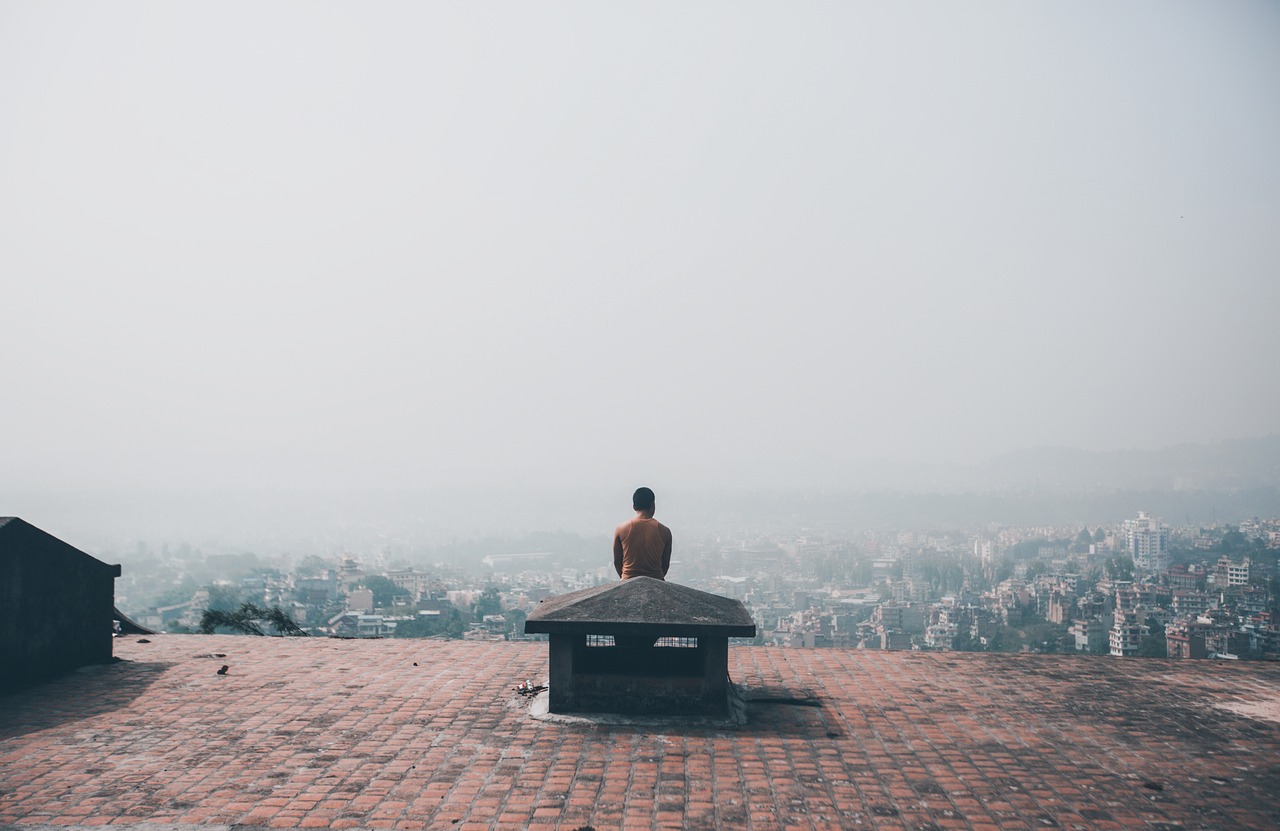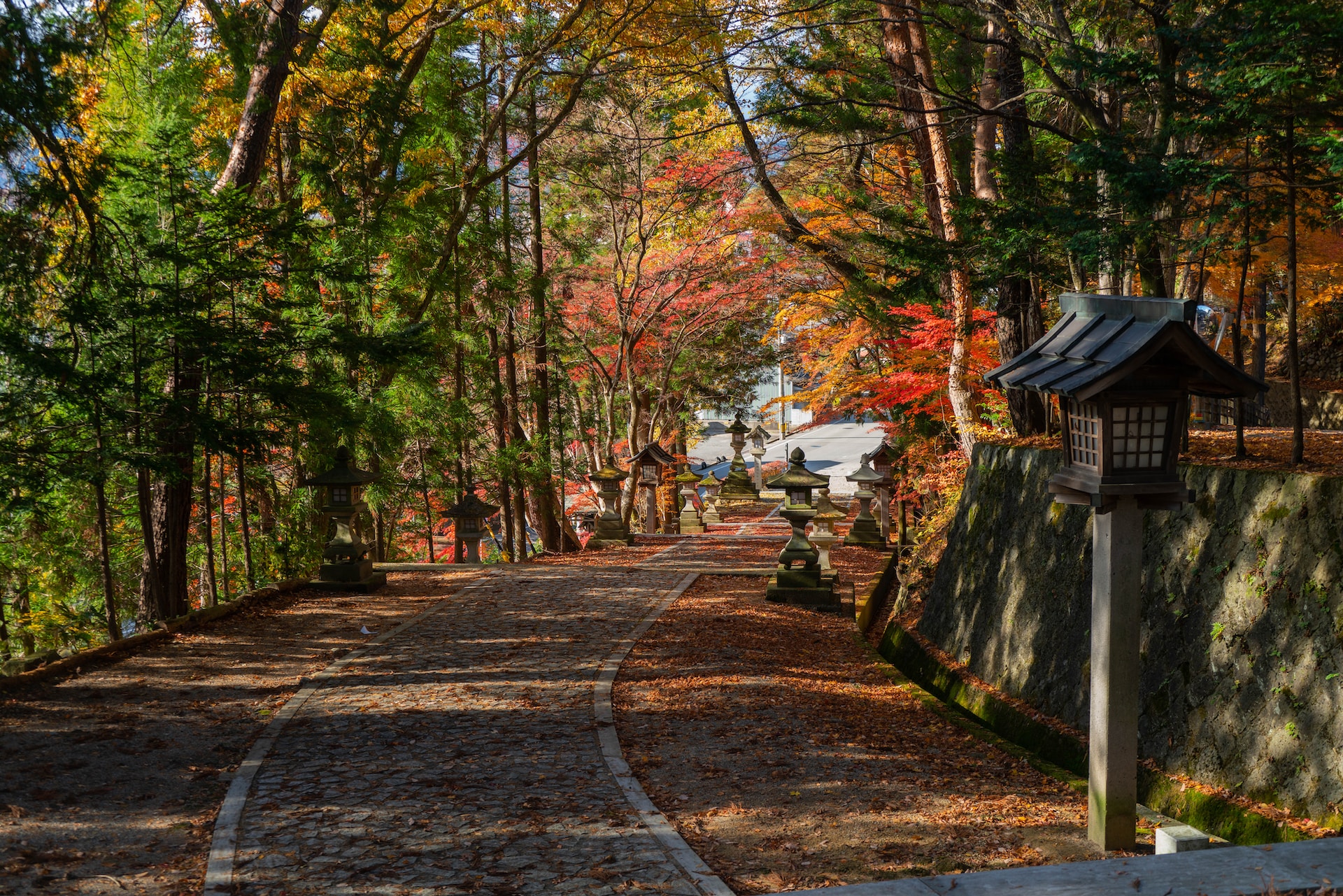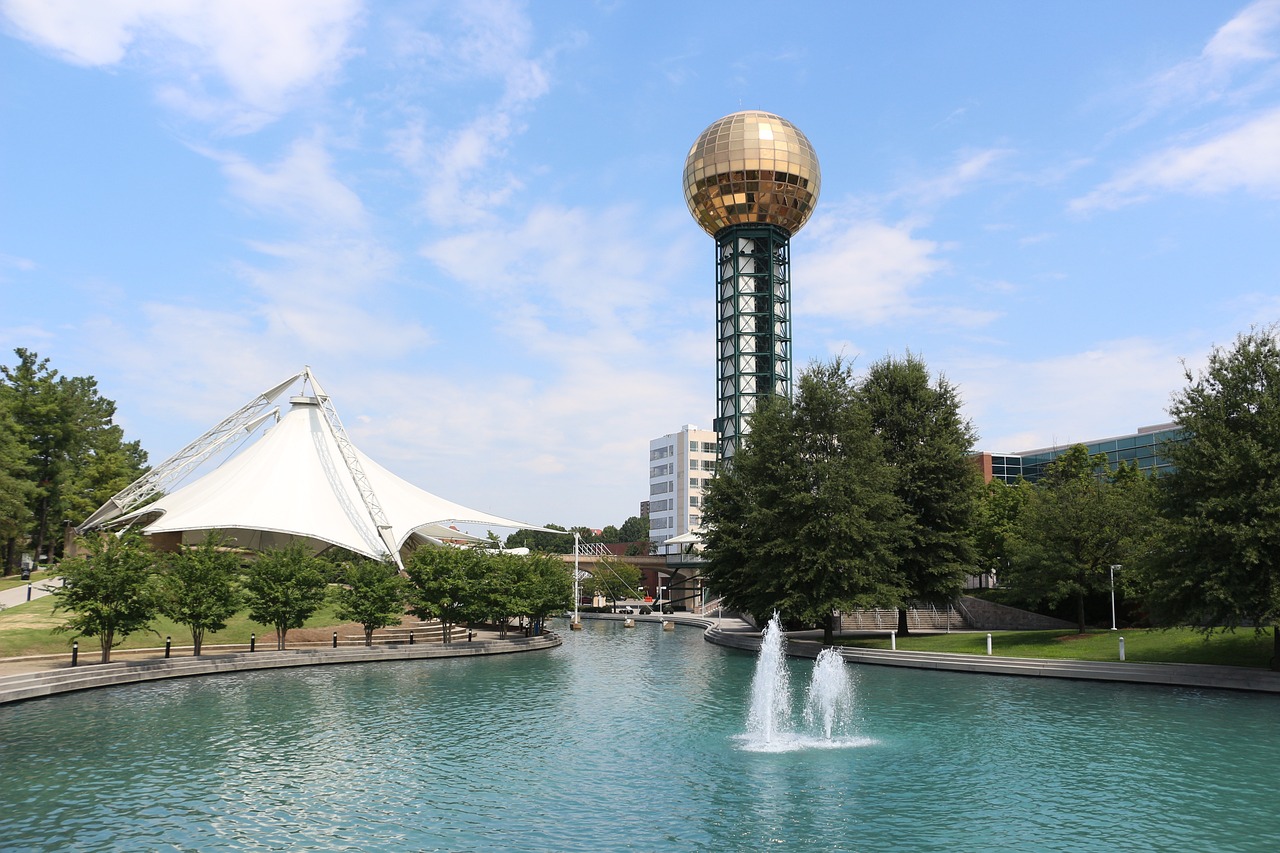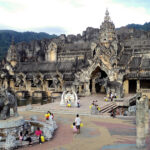In the heart of the Andean mountains, the ancient Inca city of Cusco comes alive every year with the vibrant celebrations of Inti Raymi, the Festival of the Sun. A key event in the Peruvian calendar, it commemorates the powerful bond between the Incas and the most vital celestial body – the sun. Today, this festival not only offers a glimpse into the rich history and spiritual depth of the Incan civilization but also emphasizes the continued significance of indigenous culture in modern-day Peru.
Origins of Inti Raymi
Inti Raymi has its roots in the Inca Empire, which thrived in the Andes from the early 13th century until its conquest by the Spanish in the 16th century. The Incas worshipped Inti, the sun god, and considered him their divine ancestor. As the primary deity in the Inca pantheon, Inti was deeply revered, and this annual festival was held in his honor to ensure a bountiful harvest.
Traditionally celebrated at the winter solstice, Inti Raymi was a way for the Incas to bid farewell to the waning sun and plead for its return. This was crucial for a civilization dependent on agriculture. The grandeur of the celebration reflected the importance of this event: days of feasting, dancing, processions, and sacrifices made it one of the most significant festivals in the Incan calendar.
The Spanish Conquest and the Suppression of Inti Raymi
With the Spanish conquest in the 16th century, the indigenous ways of the Incas came under threat. Spanish conquerors, aiming to Christianize the indigenous population, suppressed many of their traditions, including Inti Raymi. The festival, with its deep pagan roots, was seen as a threat to the spread of Christianity. However, despite the ban, many aspects of the celebration continued covertly, with indigenous populations maintaining their cultural practices in secret.
Modern Revival and Celebration
The modern revival of Inti Raymi as a public celebration can be traced back to 1944, largely credited to Faustino Espinoza Navarro, a Peruvian indigenous actor. Today, Inti Raymi is a blend of historical reenactment and contemporary festivity. Although it no longer holds the religious significance it once did, it’s a key event in preserving and celebrating Inca culture.
Every year on June 24th, thousands of tourists converge in Cusco to witness this grand spectacle. The day starts with a procession from the Coricancha Temple, also known as the Temple of the Sun, with actors portraying the Inca king and queen carried on palanquins amid music and dancing.
The procession then culminates at Sacsayhuamán, an ancient Incan fortress located on the outskirts of Cusco. Here, the central ceremony unfolds, involving various rituals such as the reenactment of a llama sacrifice, offerings to the sun, and fervent prayers to Inti.
Participants, clad in traditional Inca costumes, play various roles from priests to virgins of the sun, and their performances are a testament to the rich tapestry of Inca traditions and beliefs. Dancing, music, and passionate oratory in the Quechua language bring the ancient rituals to life, making the event a vibrant and unforgettable experience.
Significance in Contemporary Peru
Inti Raymi’s resurgence is not just a nod to the past, but a statement of cultural identity. For many Peruvians, this festival is a powerful assertion of their indigenous roots, especially at a time when modernization threatens to erode traditional ways of life. Moreover, with Peru being a major tourist hub, Inti Raymi serves as a magnet for global visitors, showcasing the depth and richness of the nation’s cultural heritage.
Furthermore, in a broader sense, Inti Raymi embodies themes that resonate with cultures worldwide: the reverence for nature, the cyclic patterns of life, and the need to find harmony with the environment. By celebrating the sun, the Incas acknowledged the delicate balance of our world and the importance of gratitude, themes that remain pertinent in today’s age of environmental consciousness.
Inti Raymi is a celebration that transcends time. From its origins as a heartfelt plea to the sun god in ancient Inca times to its modern avatar as a vibrant festival, it captures the imagination and spirit of Peru. As the drums echo in the Andean valleys and the colors of the festivities dazzle spectators, one can’t help but be transported to a time when the sun was a deity, and gratitude was a way of life. Today, as the world grapples with challenges of identity and environmental change, Inti Raymi stands as a beacon, reminding us of the timeless lessons of harmony, reverence, and celebration.













